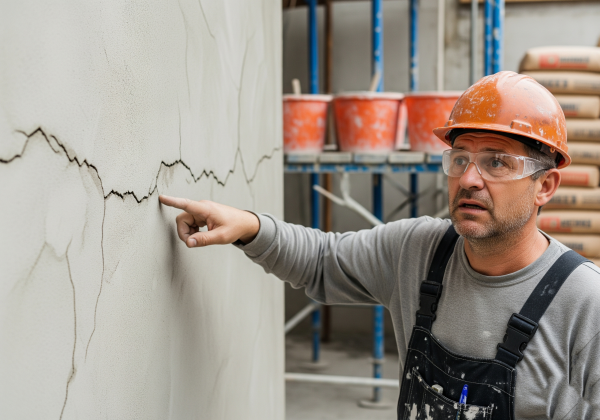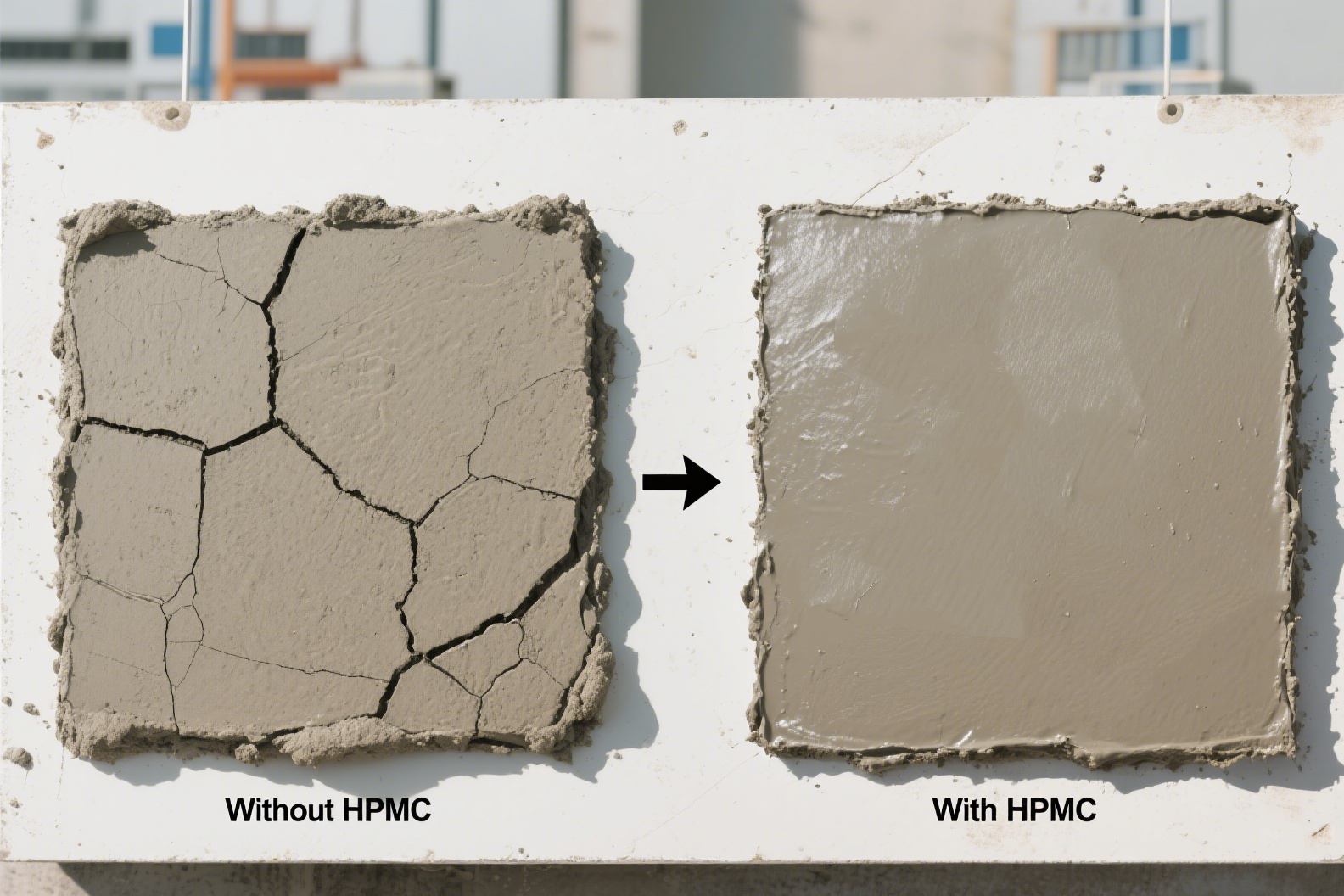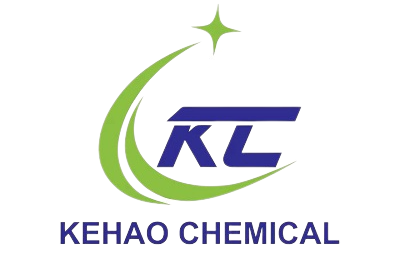Cracks in mortar can cost you time, money, and reputation. If your site is suffering from cracking issues, it’s time to dig into the real reasons behind it—and fix it for good.
Mortar cracks usually result from poor flexibility and water retention. Choosing the right HPMC grade can greatly reduce cracking risks and improve overall workability.

mortar cracking
Cracking isn’t always caused by low-quality cement. Often, it’s the formulation—especially the lack of flexibility in the mix. That’s where Hydroxypropyl Methyl Cellulose (HPMC) comes in. As a key additive, it controls water retention and reduces shrinkage. Let’s walk through the root causes of mortar cracking, then I’ll show you how HPMC helps, and what grade you should really be using in your mix.
Causes of Mortar Cracking on Site?
Cracks show up. Customers complain. And suddenly, your project timeline gets longer. But why exactly is your mortar cracking?
Most cracking happens because of shrinkage, thermal stress, or poor curing. These problems are usually linked to weak water retention and insufficient flexibility in the formulation.
3 Common Triggers of Mortar Cracking
| Cause | Description |
|---|---|
| Plastic shrinkage | Happens when water evaporates too fast before the mortar sets properly. |
| Drying shrinkage | Caused by loss of water over time, especially in poor water-retaining mixes. |
| Thermal movement | Expansion or contraction due to temperature changes, worsened by rigid mixes. |
Let me give you a real example. One of our Southeast Asian clients was building in a hot, dry region. Despite using top-grade cement, they experienced severe hairline cracks within two weeks. Their mistake? Using a low-viscosity HPMC that couldn’t retain water long enough for proper curing.
By switching to a KEHAO high-viscosity HPMC with better retention and workability, they saw the cracks disappear in the next batch—zero rework needed. You can read more on shrinkage cracking causes here.
How HPMC Improves Flexibility and Shrinkage Resistance?
Cracks don’t just “happen”—they’re the result of poor design and poor chemistry. So how exactly does HPMC help?
HPMC works by holding water in the mix, delaying drying, and allowing the mortar to develop internal strength without cracking. It also increases elasticity, making the cured mortar more resistant to stress.

HPMC flexibility effect
Why HPMC Is a Game Changer
Let’s look at what HPMC really does inside your mortar:
- Water Retention: Without enough water during curing, cement can’t hydrate fully. HPMC slows down the evaporation rate, especially in hot weather. This alone helps eliminate early cracking.
- Elasticity Boost: HPMC increases the flexibility of the mortar. It helps the hardened layer to expand or contract with environmental stress instead of breaking.
- Improved Workability: A flexible mix is easier to trowel and spread, which ensures consistent thickness across surfaces, reducing the chance of micro-cracks.
I remember testing two tile adhesive samples in our lab. One used basic cellulose ether with 50,000 cps viscosity; the other used KEHAO HPMC at 100,000 cps. After drying, we applied surface stress. The low-vis sample broke along the edges. The KEHAO sample stayed intact—proving that viscosity and structure retention are key.
To get more detailed data, the ScienceDirect library has some great studies on polymer-modified mortar elasticity and drying shrinkage.
Ideal HPMC Grades for Crack-Free Mortar?
Still not sure which HPMC to use? The answer depends on your environment, application method, and binder type.
For hot climates and cement-based mortars, use high-viscosity HPMC (≥100,000 cps) with delayed hydration. For gypsum or quick-drying mortars, pick a modified grade with better film-forming properties.
Choosing the Right KEHAO HPMC Grade
| Application | Suggested KEHAO HPMC Grade | Key Features |
|---|---|---|
| Tile adhesive (hot area) | KH-100K (100,000 cps) | High water retention, excellent open time |
| Wall putty | KH-60K (60,000 cps) | Smooth spreading, good crack resistance |
| Gypsum plaster | KH-GY (custom blend) | Quick dispersion, anti-sagging, enhanced flexibility |
| Skim coat / leveling | KH-75K (75,000 cps) | Strong adhesion, shrinkage control |
From our factory in Jinzhou, we test each batch against national standards. All KEHAO HPMC grades go through strict quality control to ensure consistency in both viscosity and substitution rate. When you choose the right grade, cracking becomes a non-issue.
If you’re dealing with specific climate issues, reach out to me personally—I can help match the grade to your location and project specs. You can contact me here or check out our tech specs on www.khcel.com.
Conclusion
Cracks in mortar are avoidable. With the right HPMC, you can stop shrinkage and build longer-lasting, flexible surfaces. Choose wisely—and your mortar won’t let you down.



